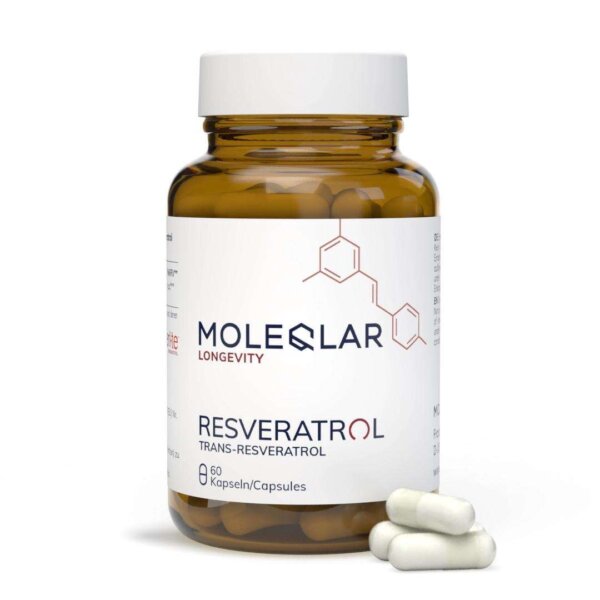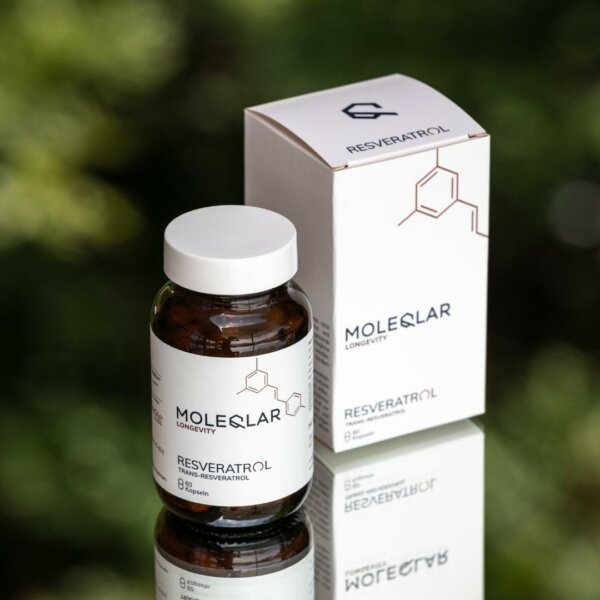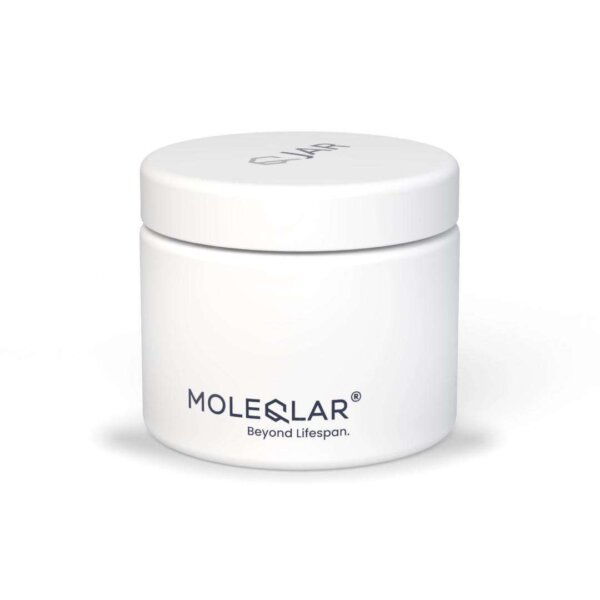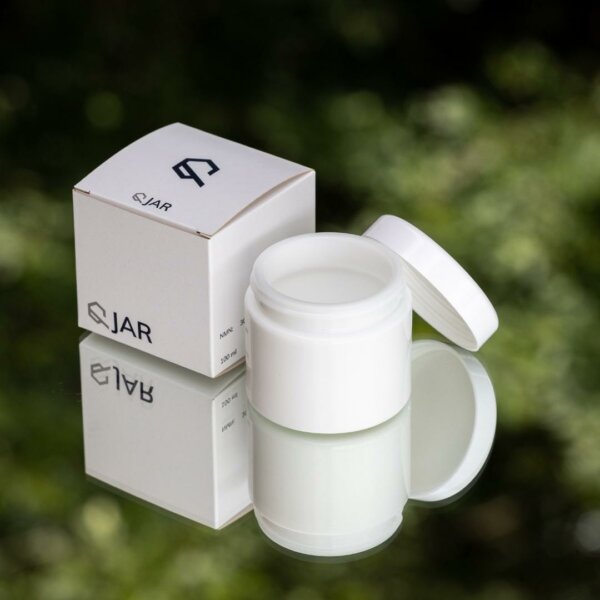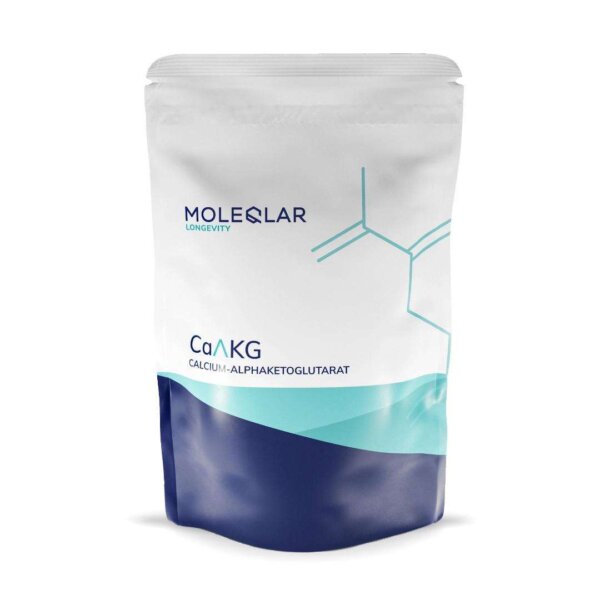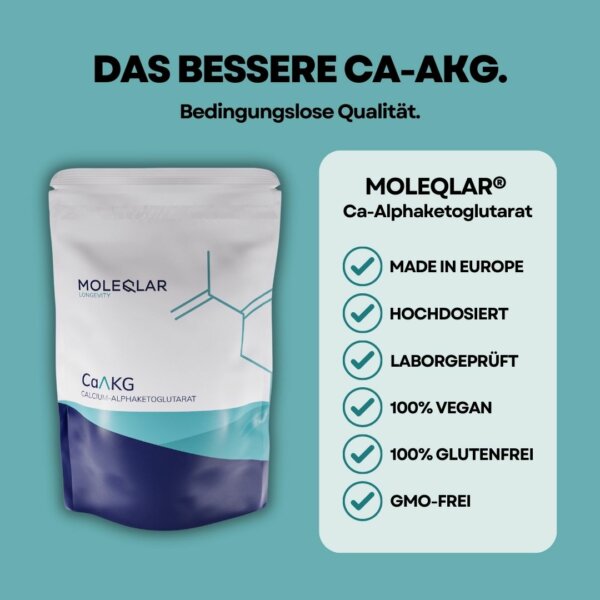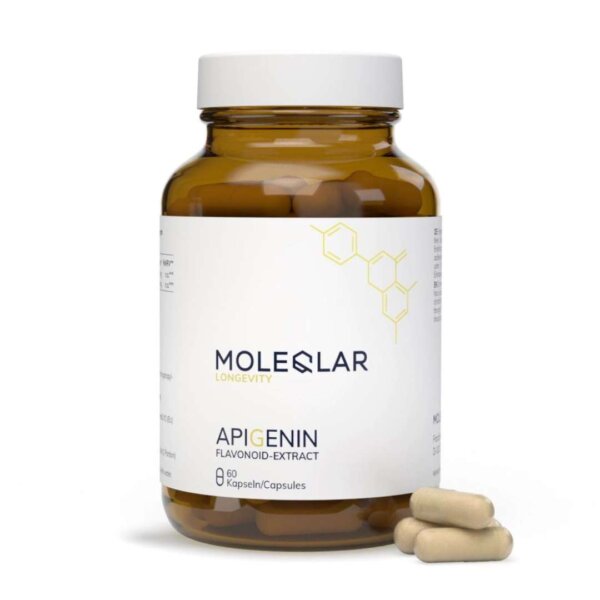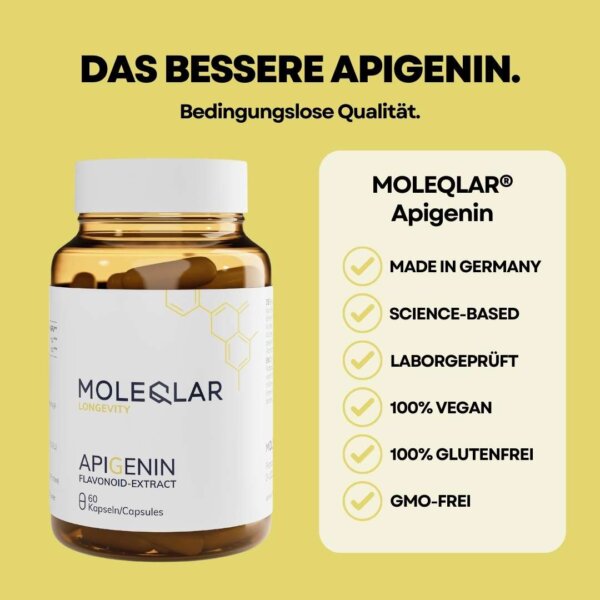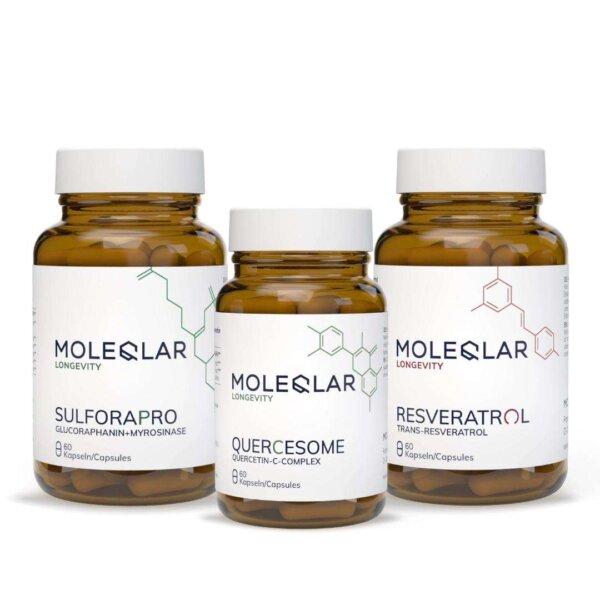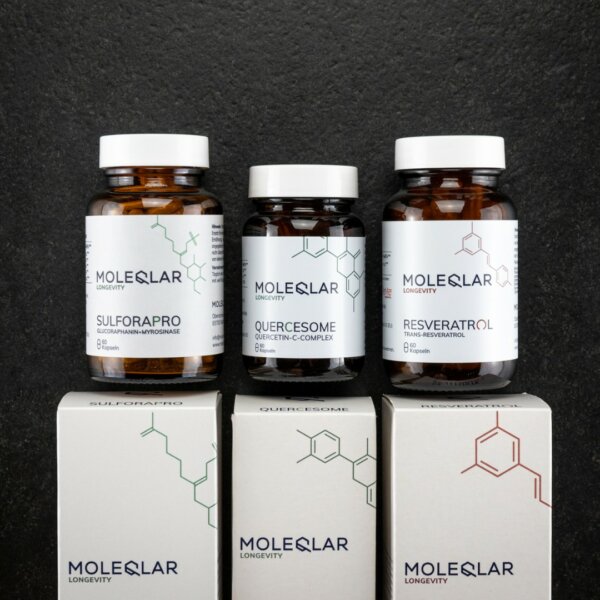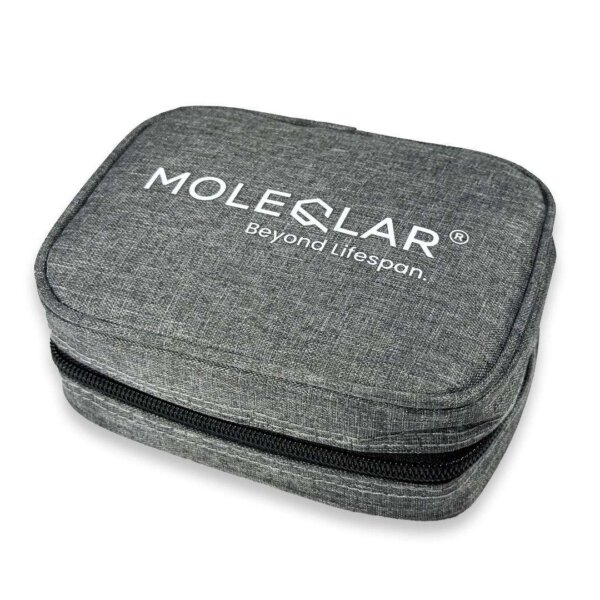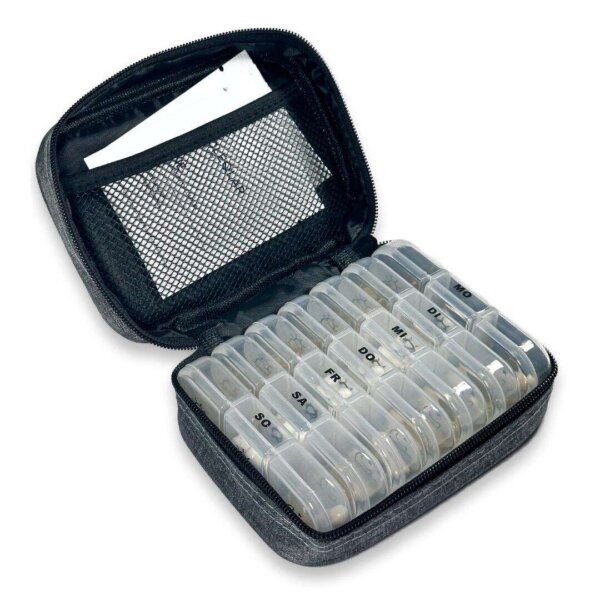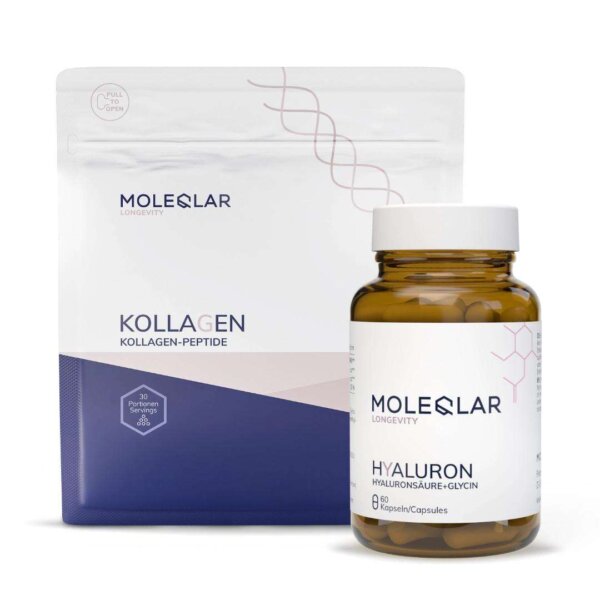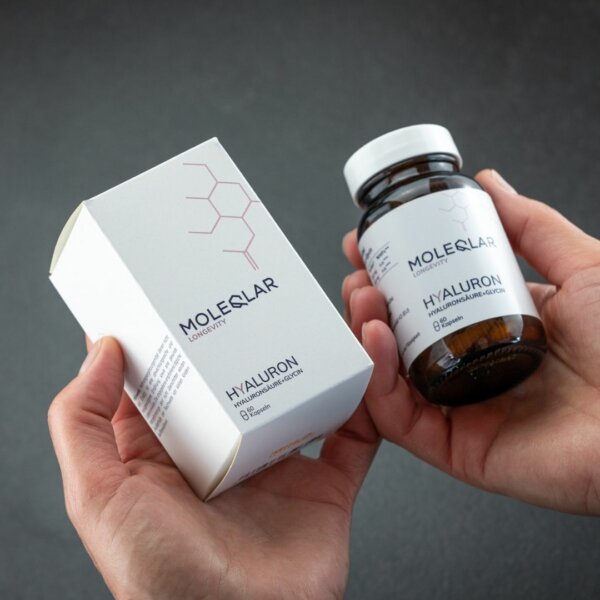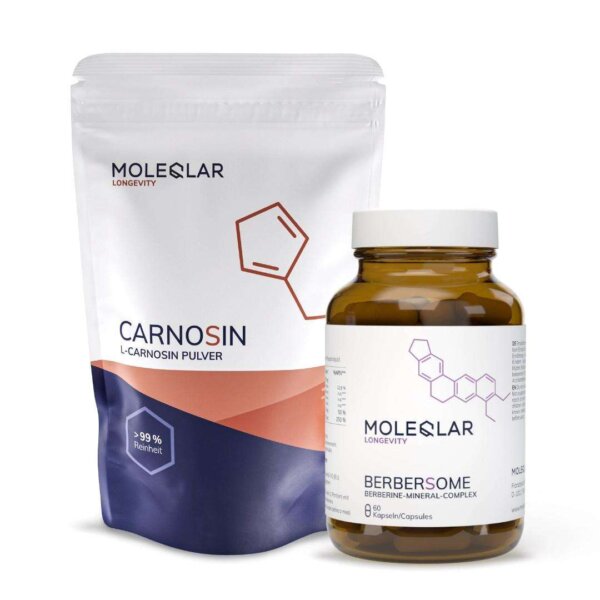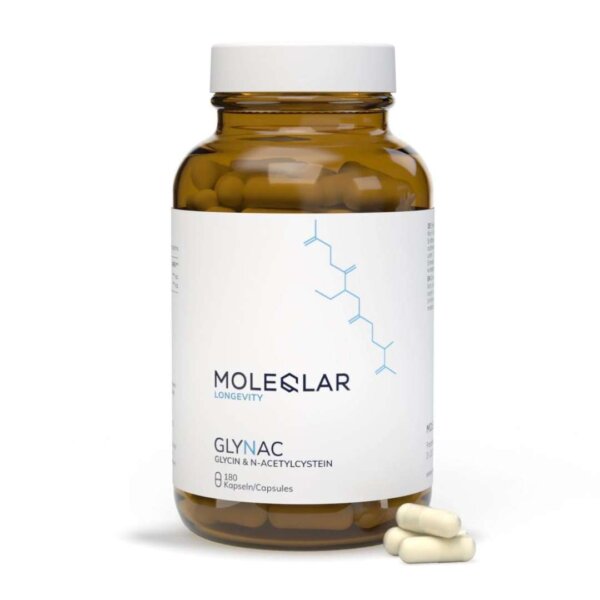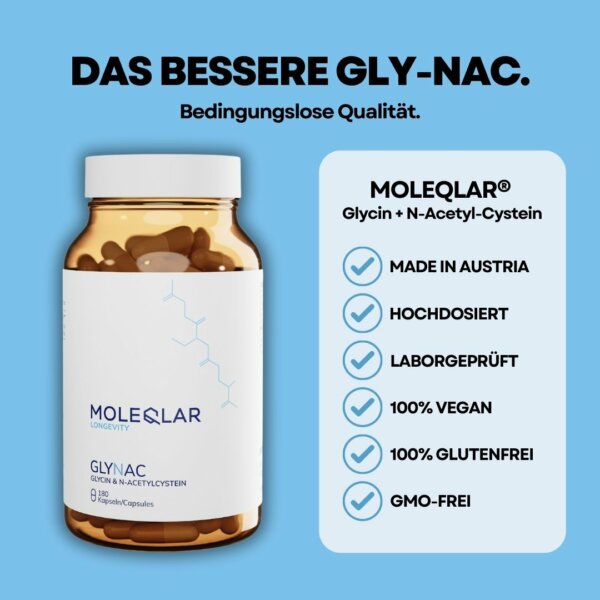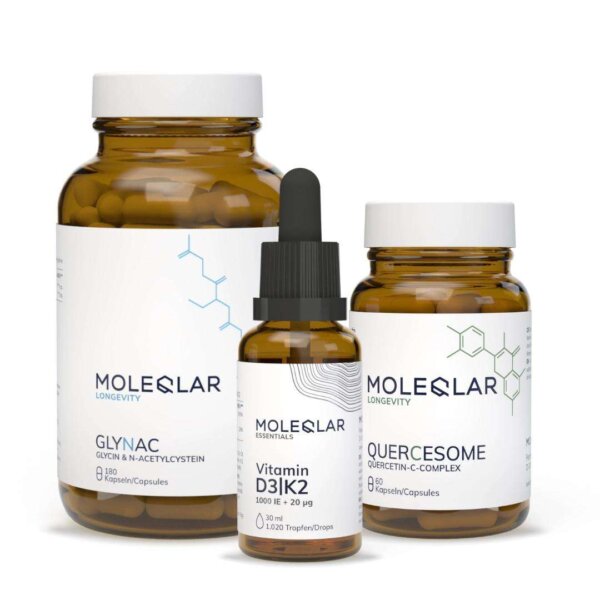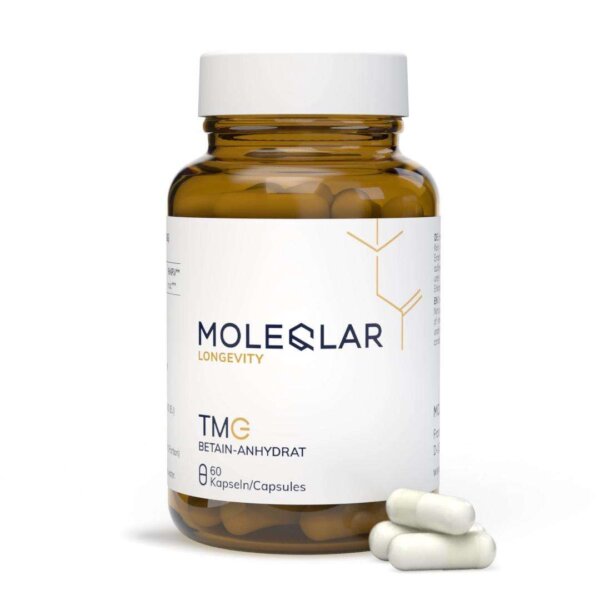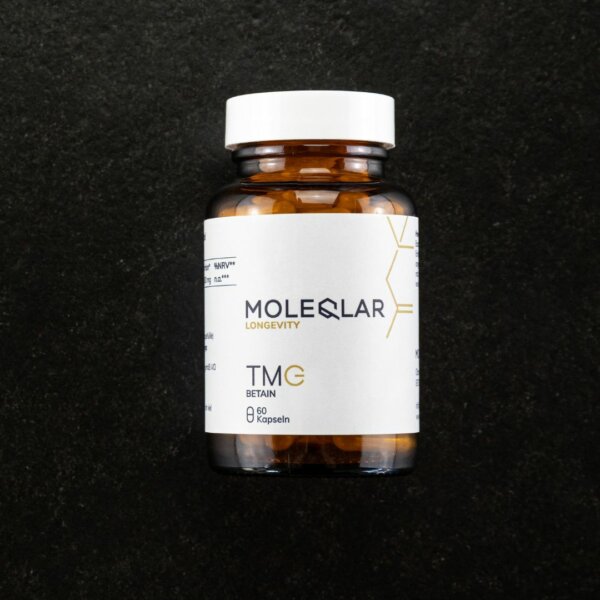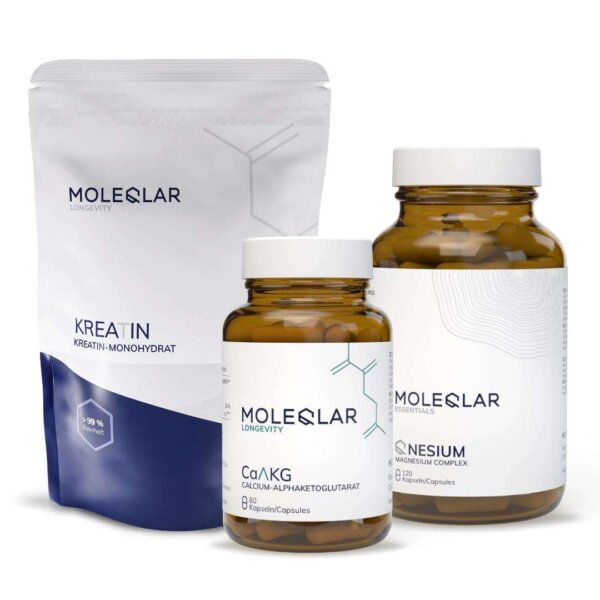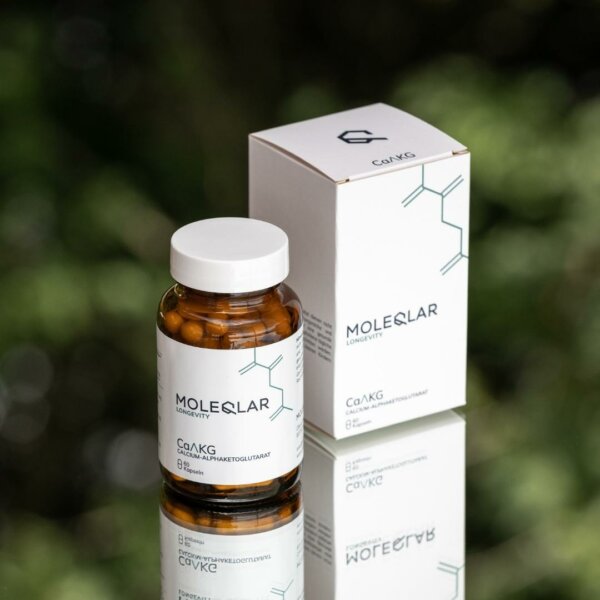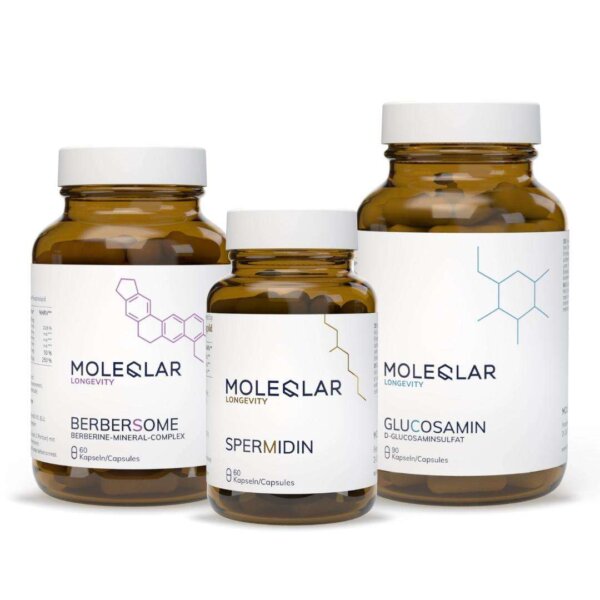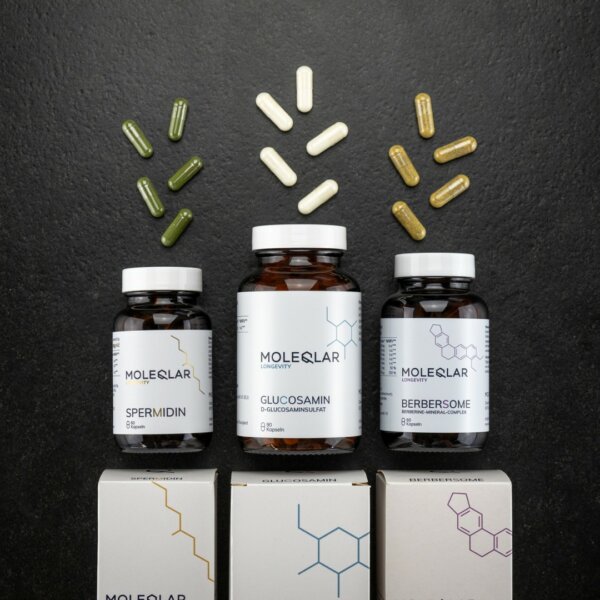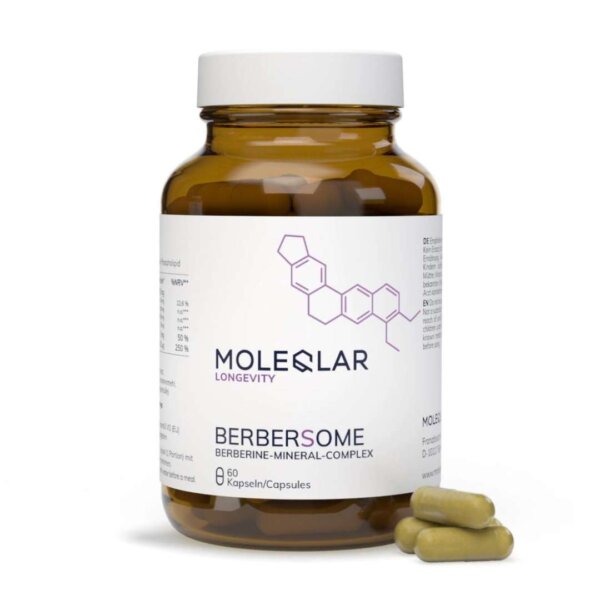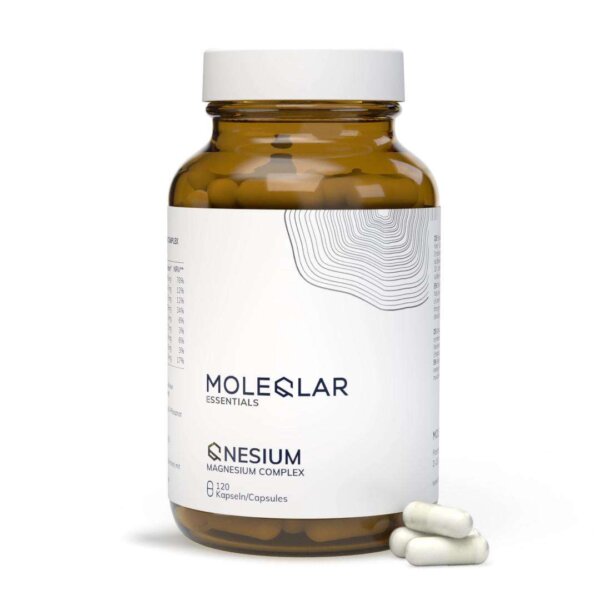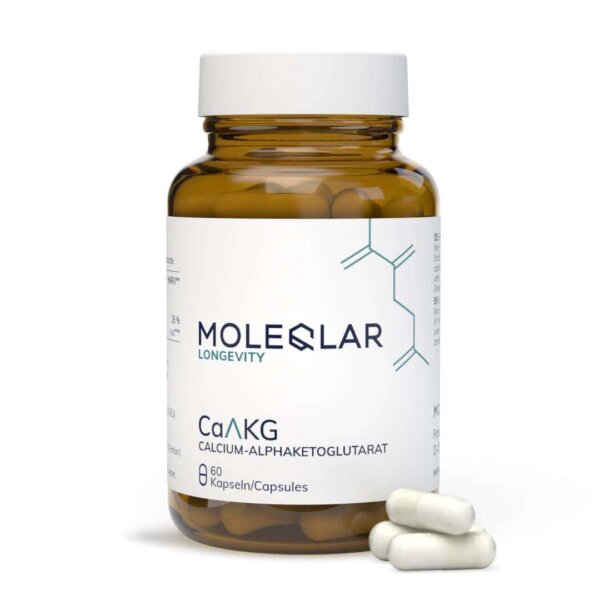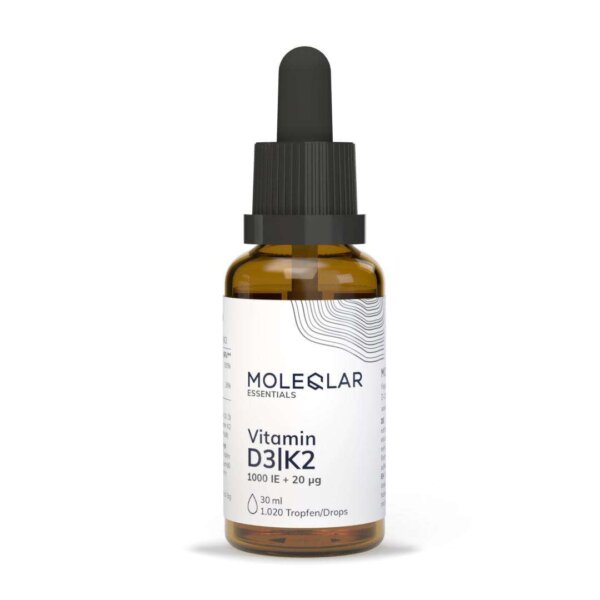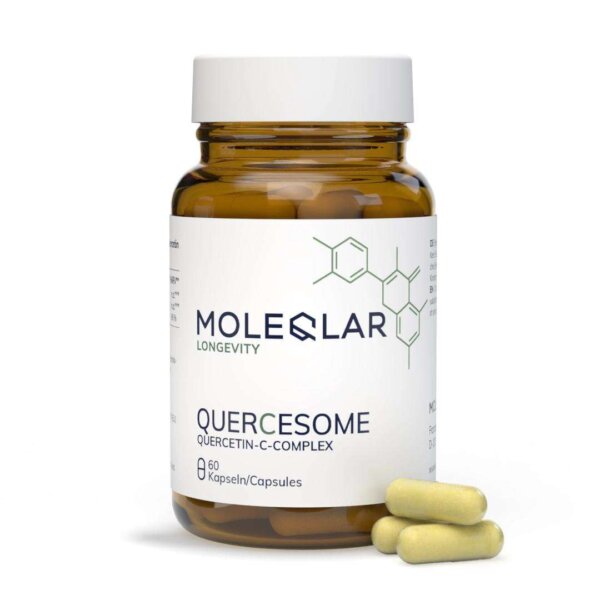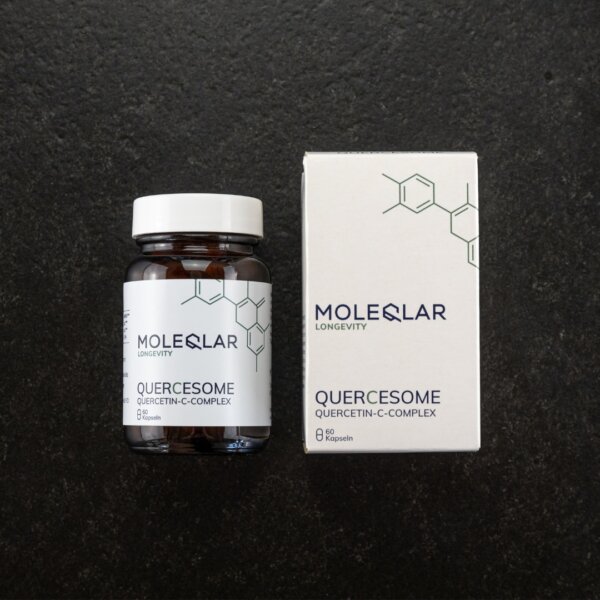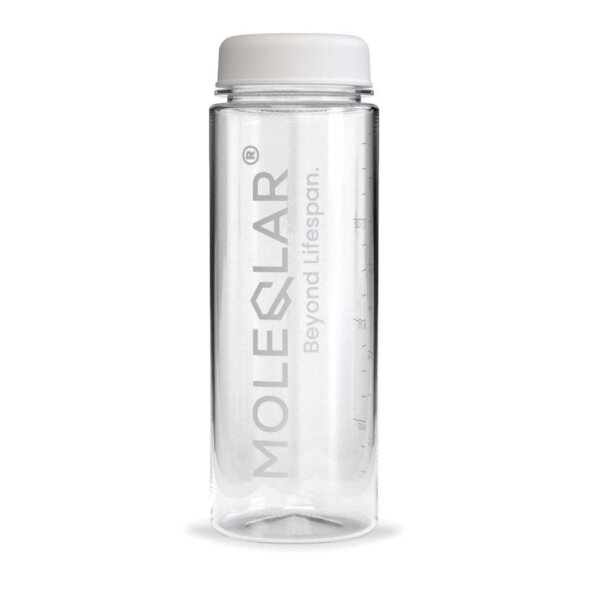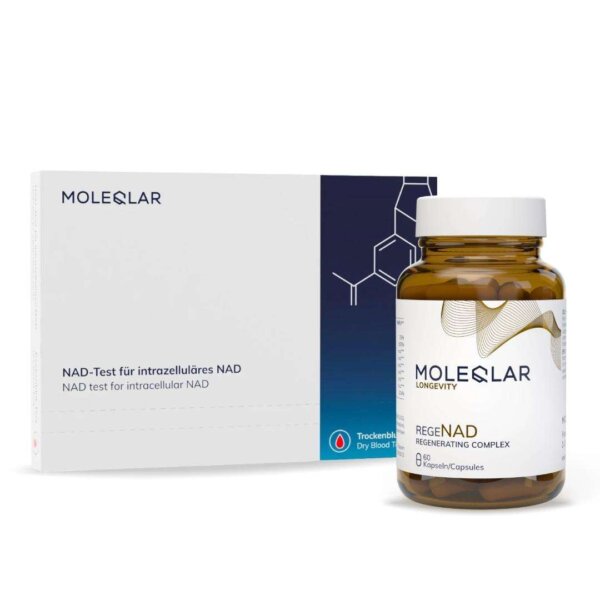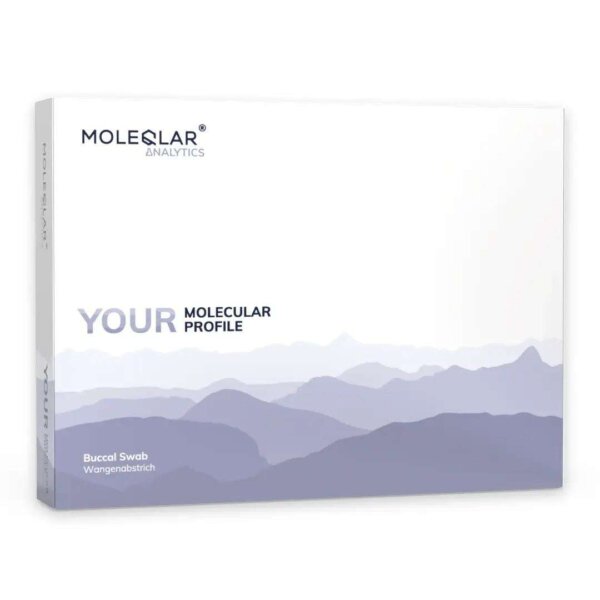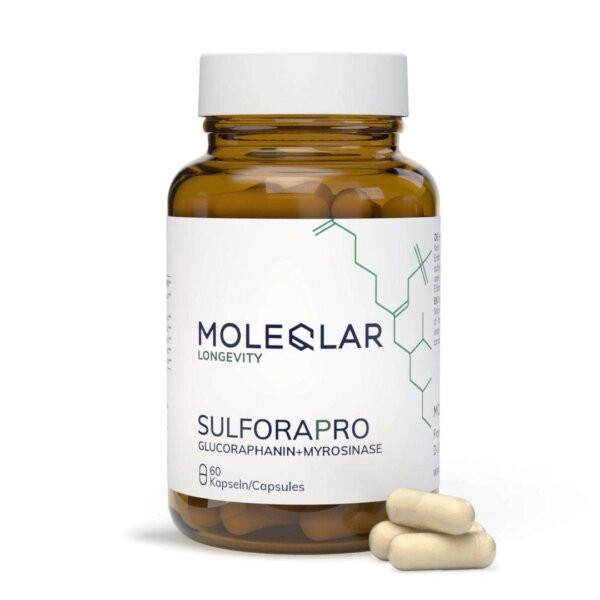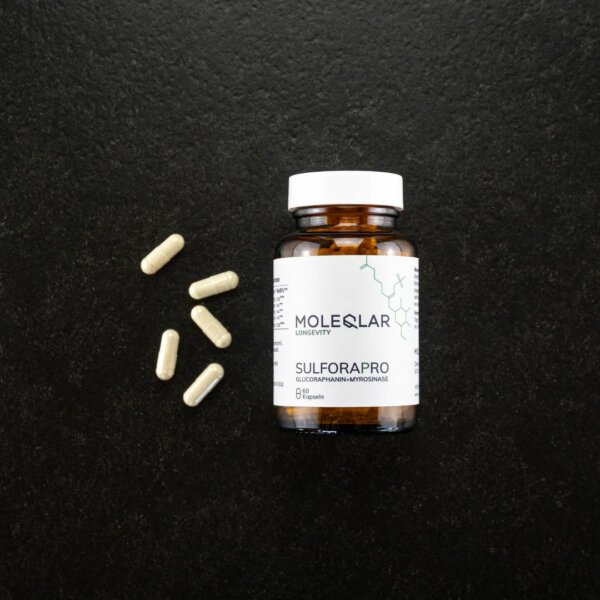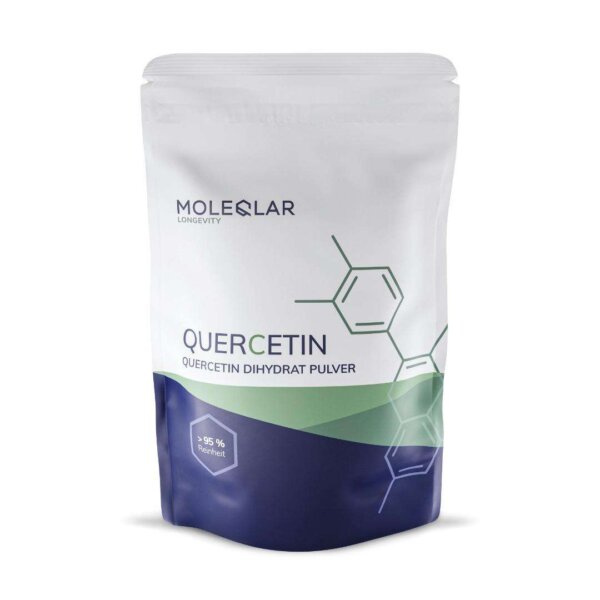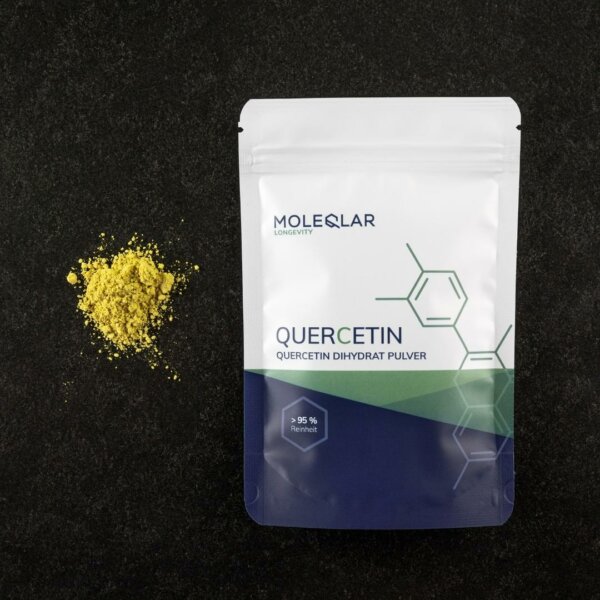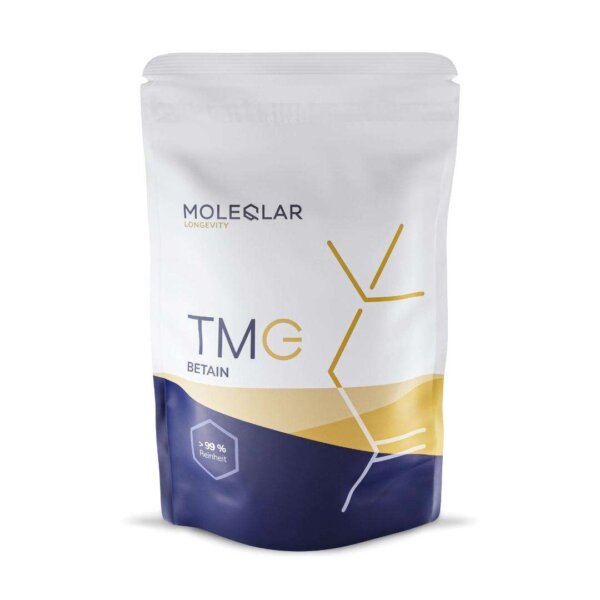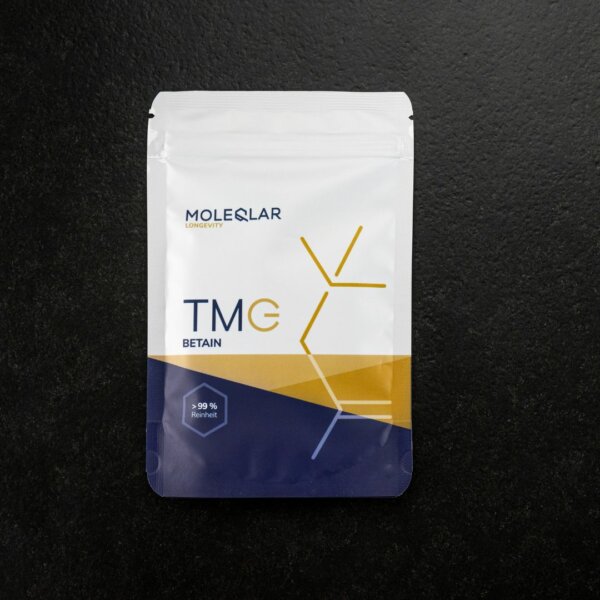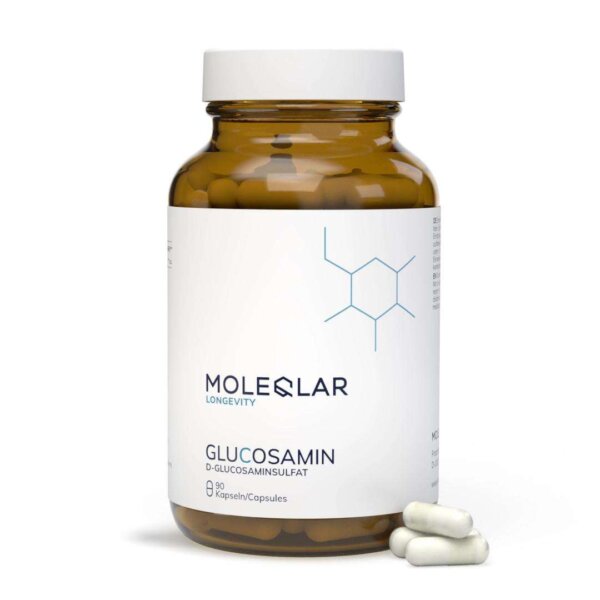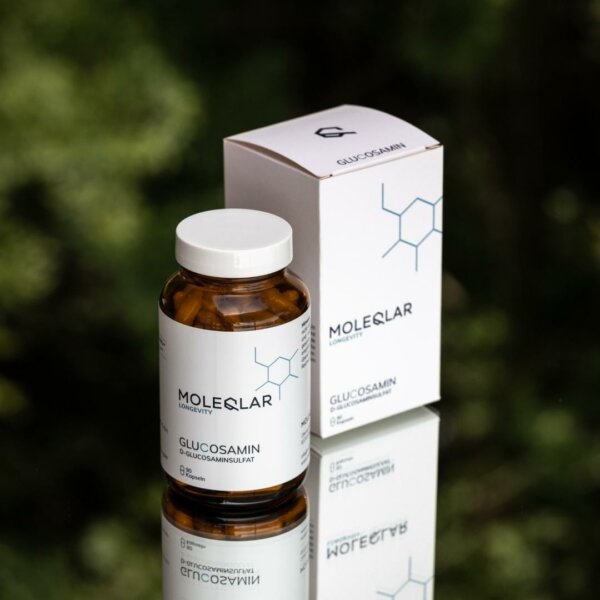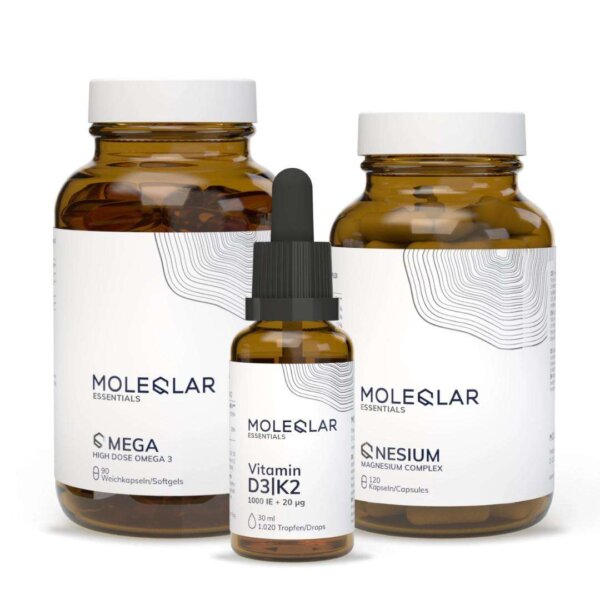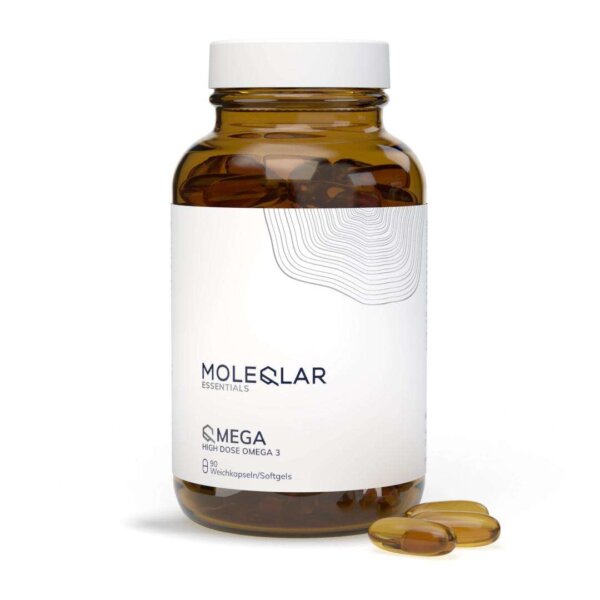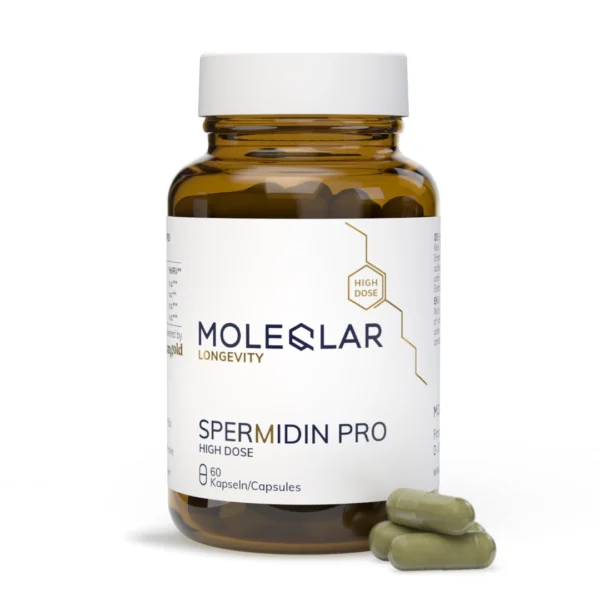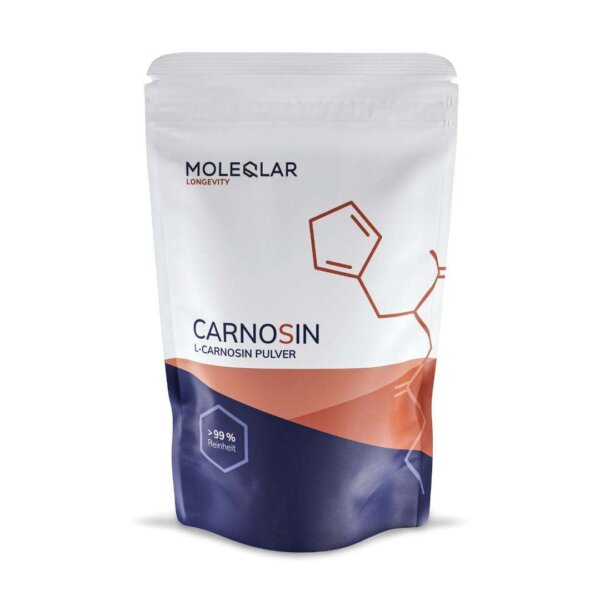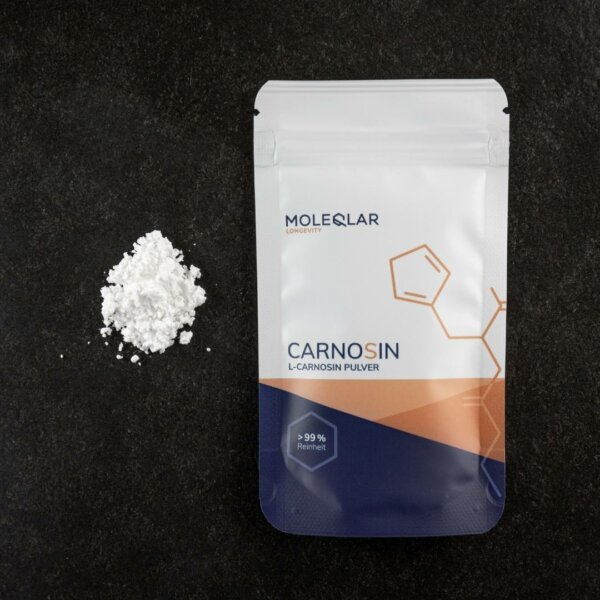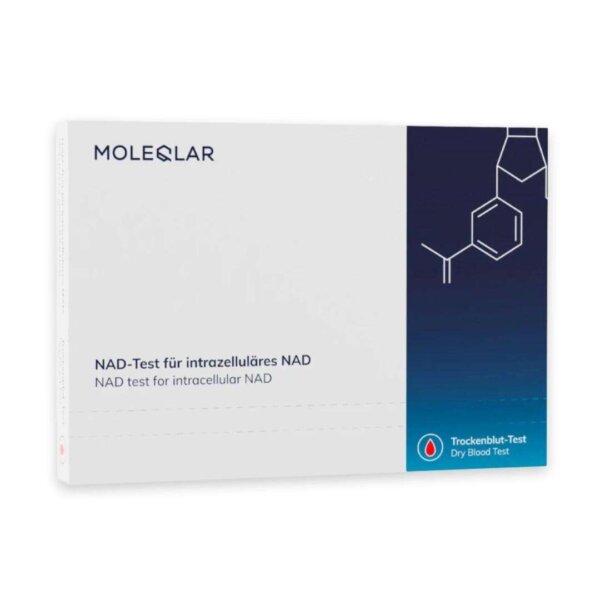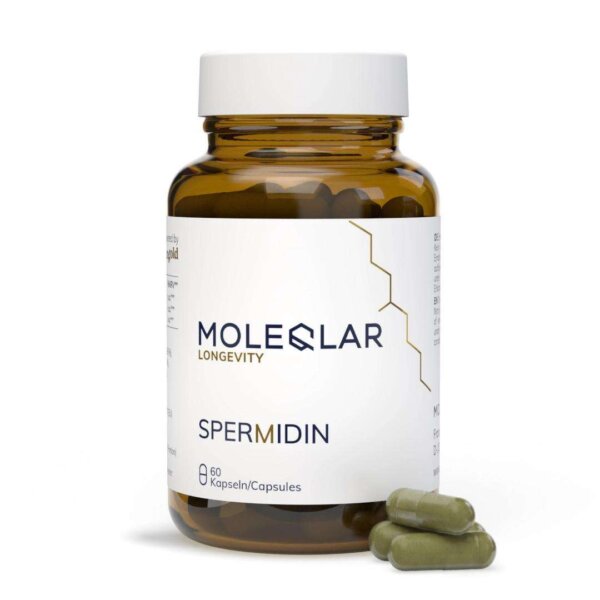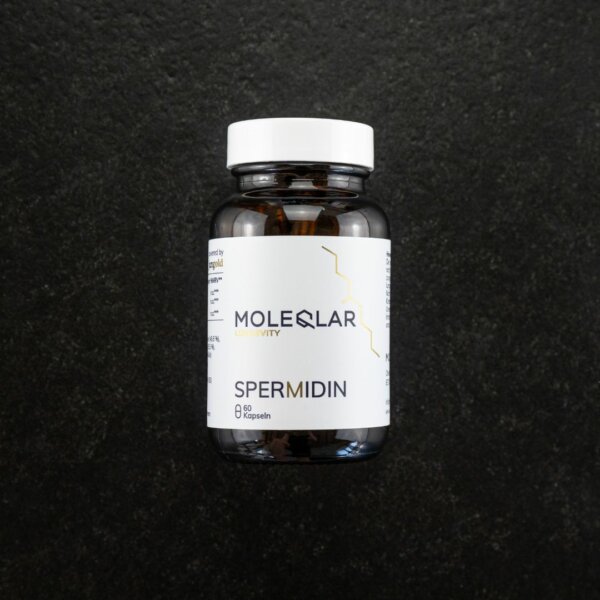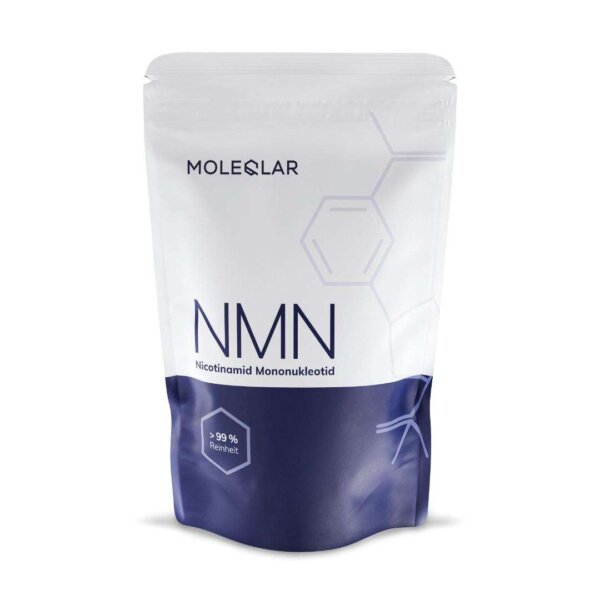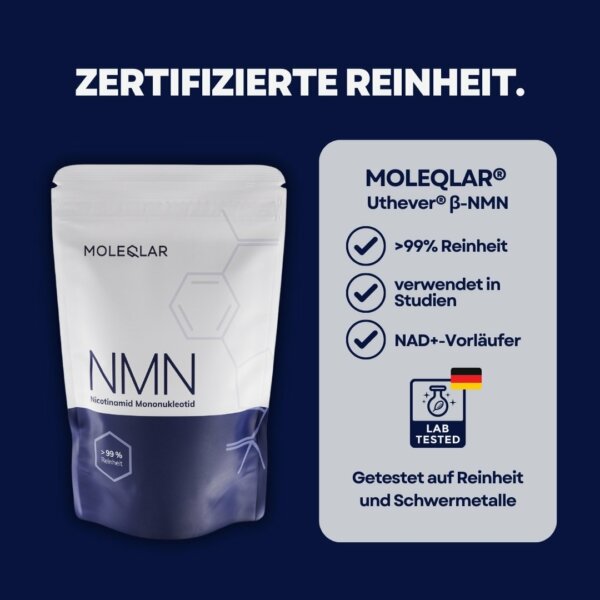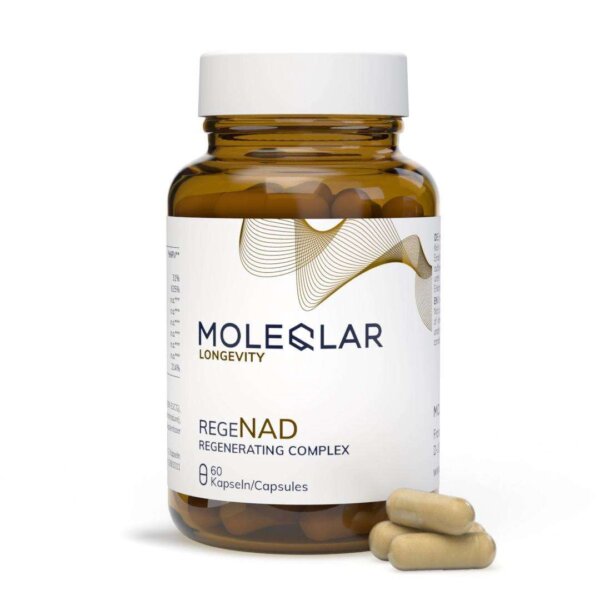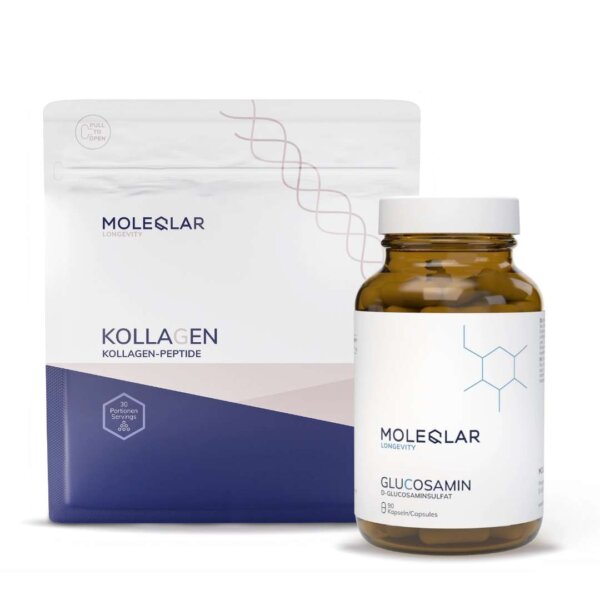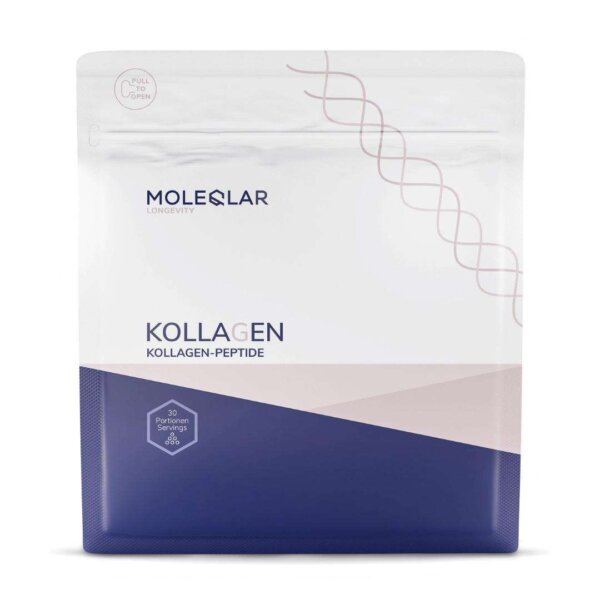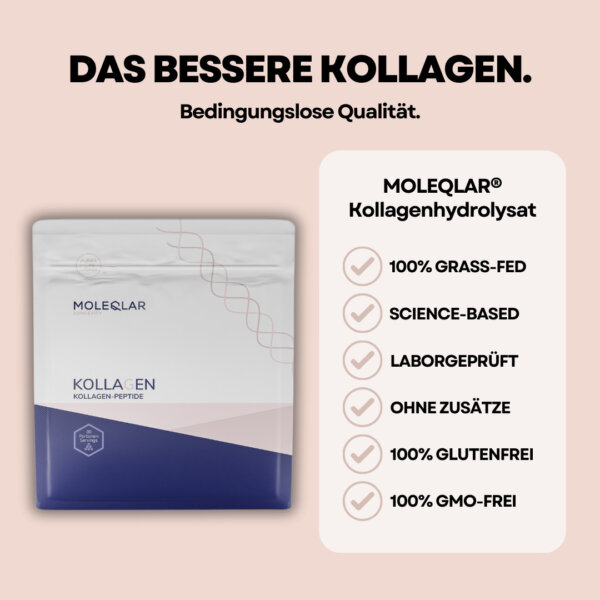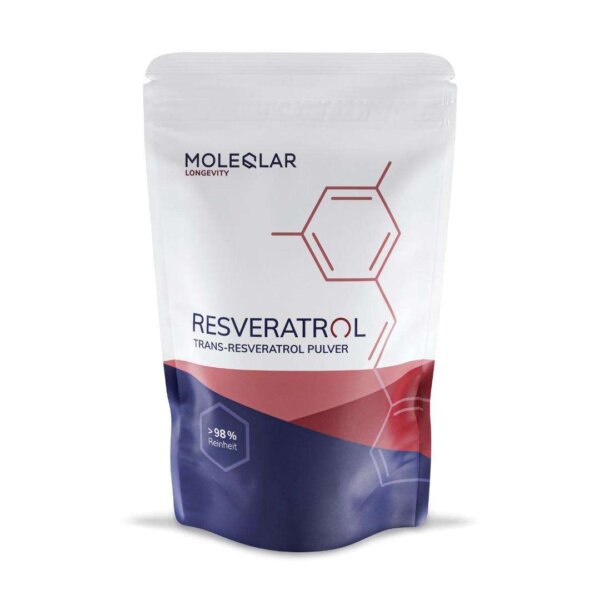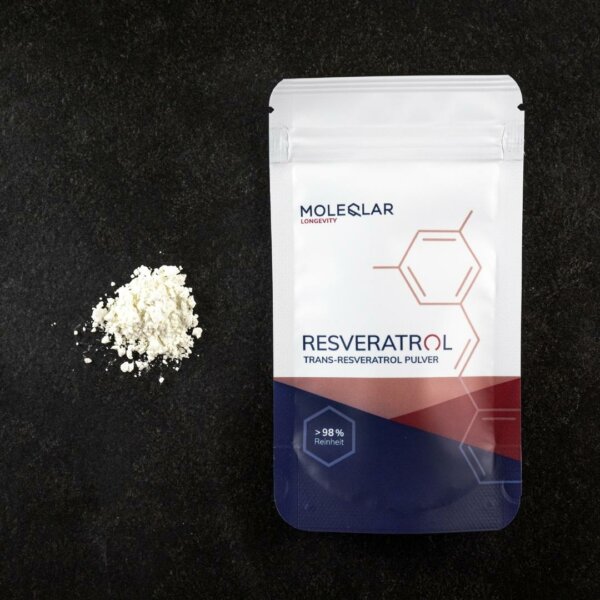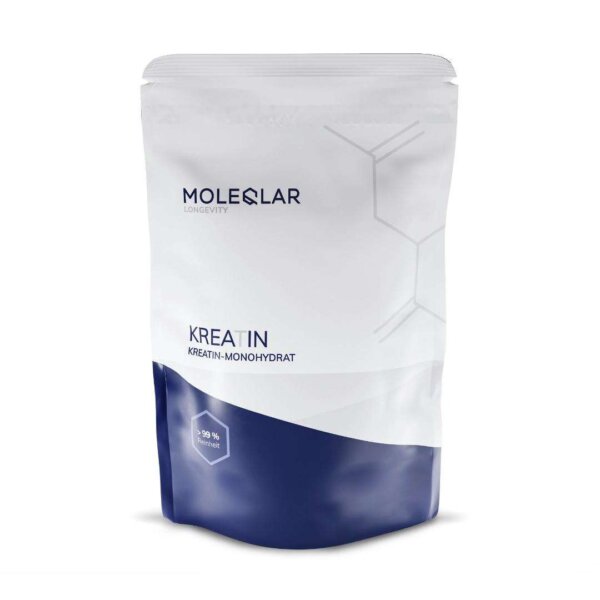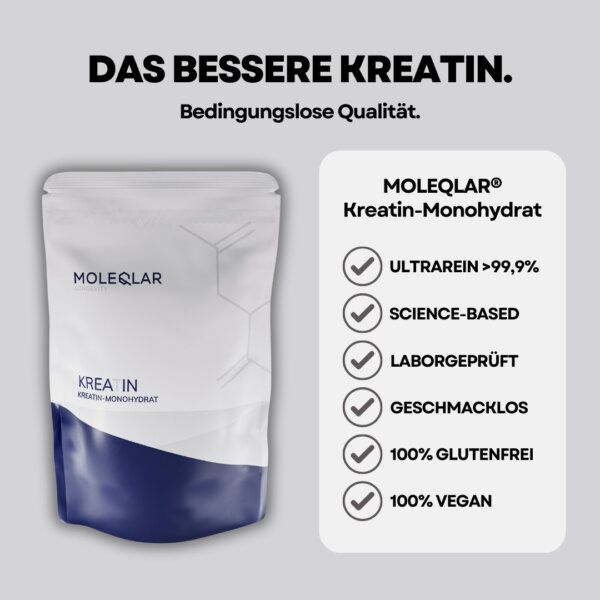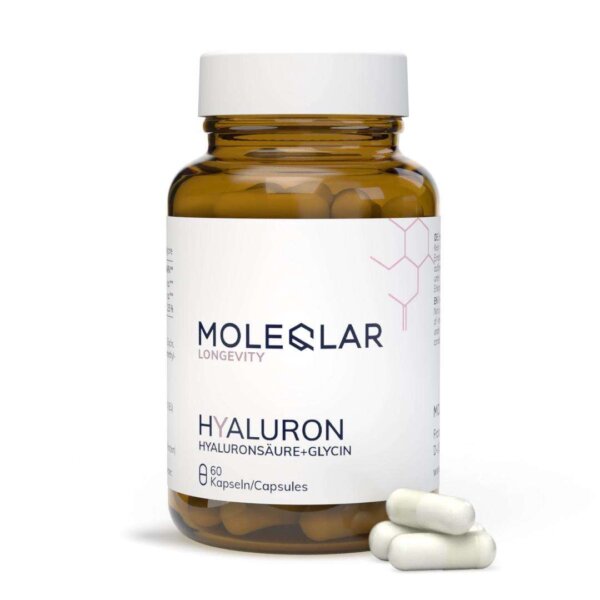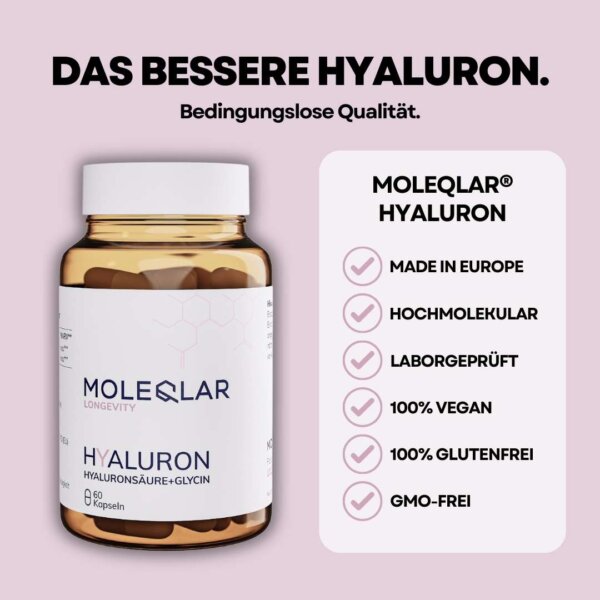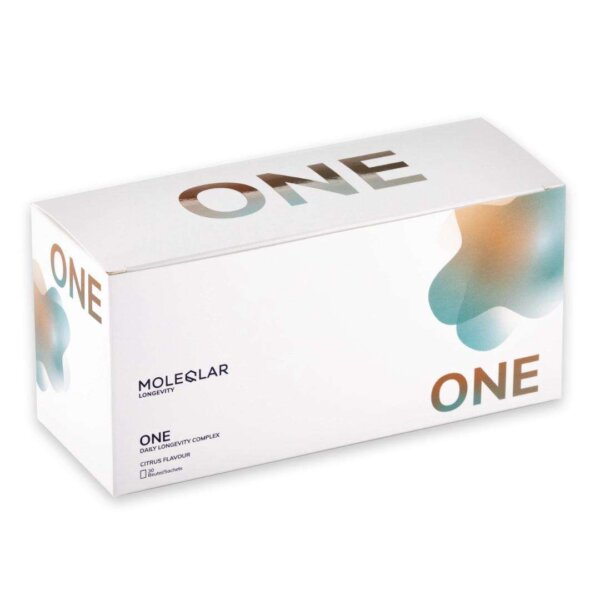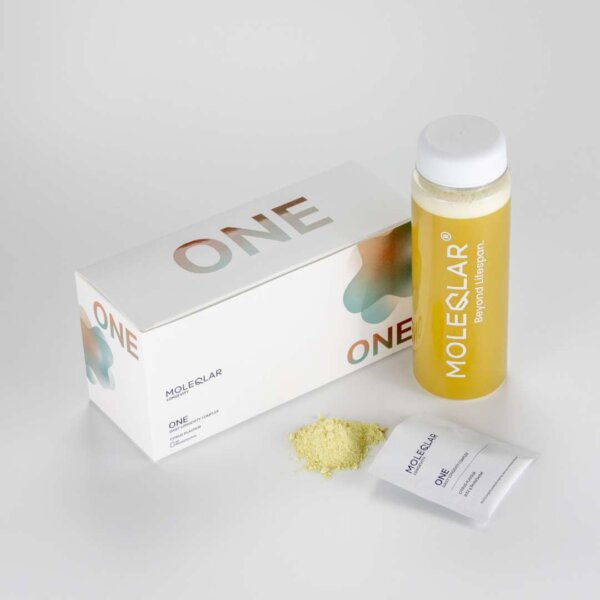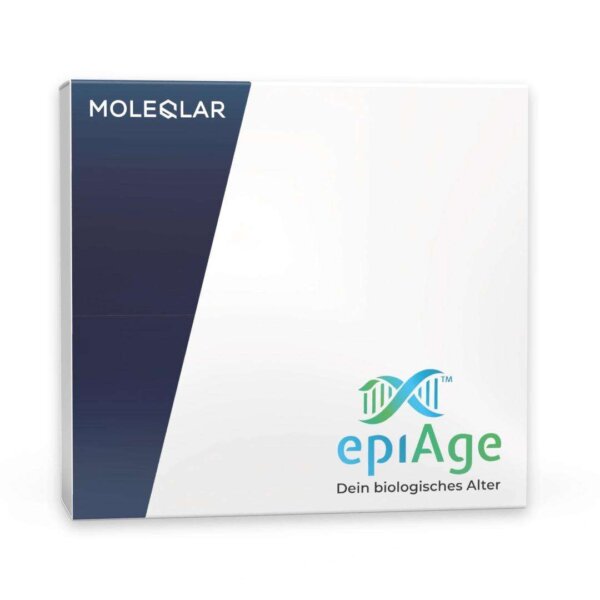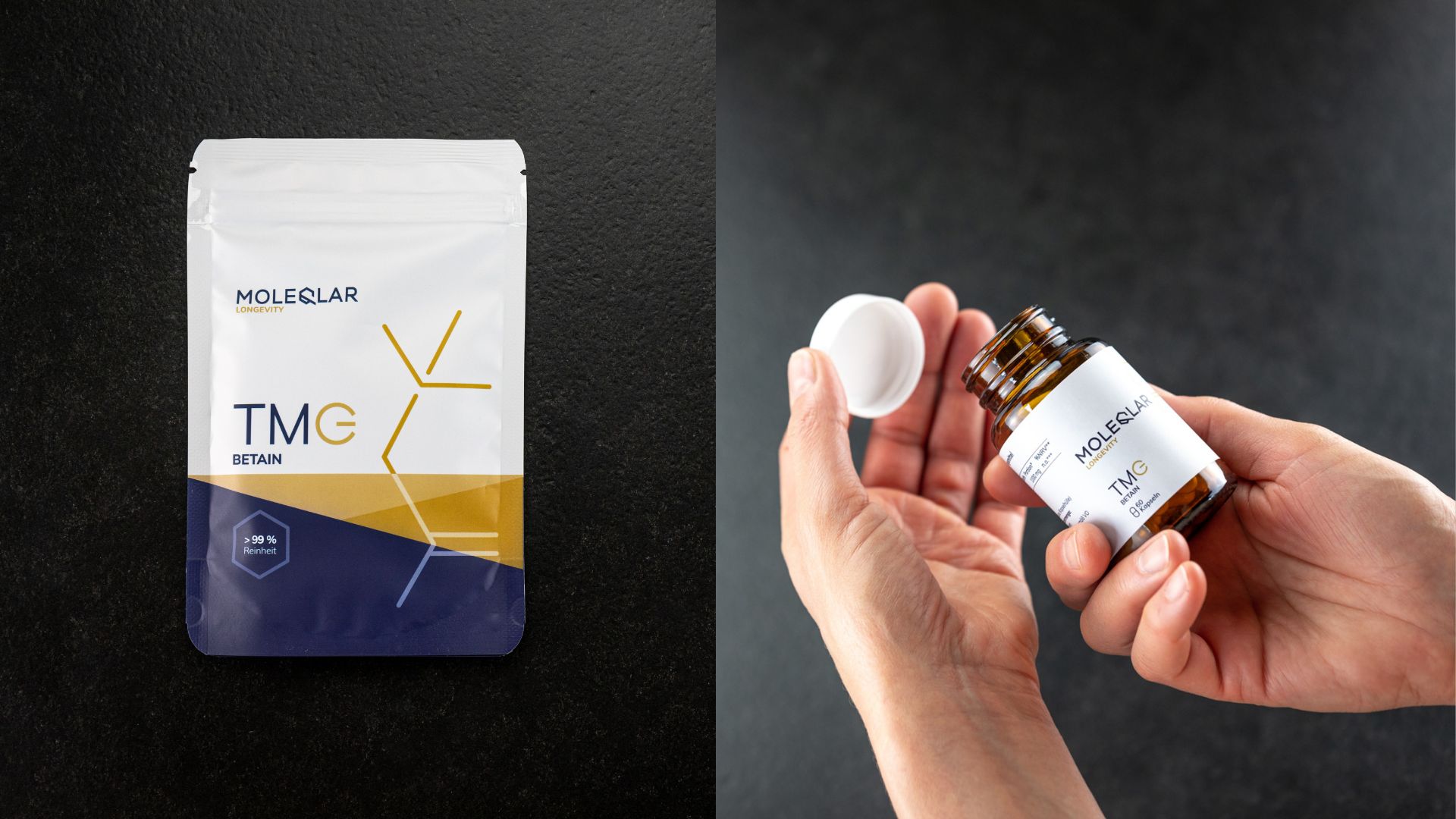Histamine, an organic nitrogen compound, is an integral part of many vital processes in the human body and is also found in a variety of foods. While histamine plays a key role in physiological functions such as regulating sleep, controlling stomach acid production and mediating immune responses, it is mostly discussed in the context of allergic reactions and food intolerances. The following article will give you a comprehensive insight into the nature of histamine, its functions, its sources and its importance in the context of allergies and nutrition.
What is histamine?
Histamine is a biogenic amine that is formed in the body by the decarboxylation of the amino acid histidine. It is part of the local immune response system and acts as a neurotransmitter in the central nervous system. Histamine is found in almost all tissues of the body and is stored in certain cells, the so-called mast cells, and released when required. It is crucial for initiating the inflammatory response by dilating the blood vessels and increasing the permeability of capillaries, allowing white blood cells and other immune cells to reach the sites of infection more quickly.
Occurrence of histamine
Histamine is widely distributed and is found both in the human body and in our environment. Its presence is not limited to a single source, which underlines its diverse role in biological processes.
- In the environment: Histamine is found in many plants and animals, partly due to its origin as a fundamental component of biological defense mechanisms. It is also present in microbial organisms, which means that it plays a role in fermentation processes.
- In food: Certain foods naturally contain higher concentrations of histamine or can produce histamine through bacterial activity during storage or fermentation. Foods that are known to be high in histamine include aged cheeses, certain types of fish (especially when not fresh), fermented foods such as sauerkraut and soy products, and alcoholic beverages such as wine and beer. The histamine content in foods can vary and depends on the storage time, temperature and ripening process.
The functions of histamine in the body
Histamine performs diverse and critical functions in the human body. It acts as an important mediator in allergic reactions and inflammatory processes, but also plays a central role in regulating physiological functions.
- Immune system: Histamine is part of the body's first line of defense against invaders. It is released by mast cells in response to an injury or allergic reaction. By dilating the blood vessels, it facilitates the penetration of immune cells into the affected tissue.
- Nervous system: As a neurotransmitter, histamine influences sleep-wake cycles, appetite and cognitive functions. It plays a role in maintaining wakefulness and can increase the permeability of the blood-brain barrier, which facilitates the transport of immune cells into the brain.
- Digestive system: Histamine stimulates the production of stomach acid, which is necessary for the digestion of food. This process is crucial for the breakdown of proteins and the absorption of nutrients in the intestine.
What are mast cells?
Mast cells are specialized cells of the immune system that play a central role in the allergic reaction. They are mainly found in tissues that are in contact with the outside world, such as the skin and the mucous membranes of the respiratory and digestive tracts. Mast cells are rich in histamine and other inflammatory mediators.
In an allergic reaction, mast cells recognize an allergen and then release histamine and other substances. This release leads to the typical symptoms of an allergic reaction, such as swelling, redness, itching and, in severe cases, anaphylactic reactions.
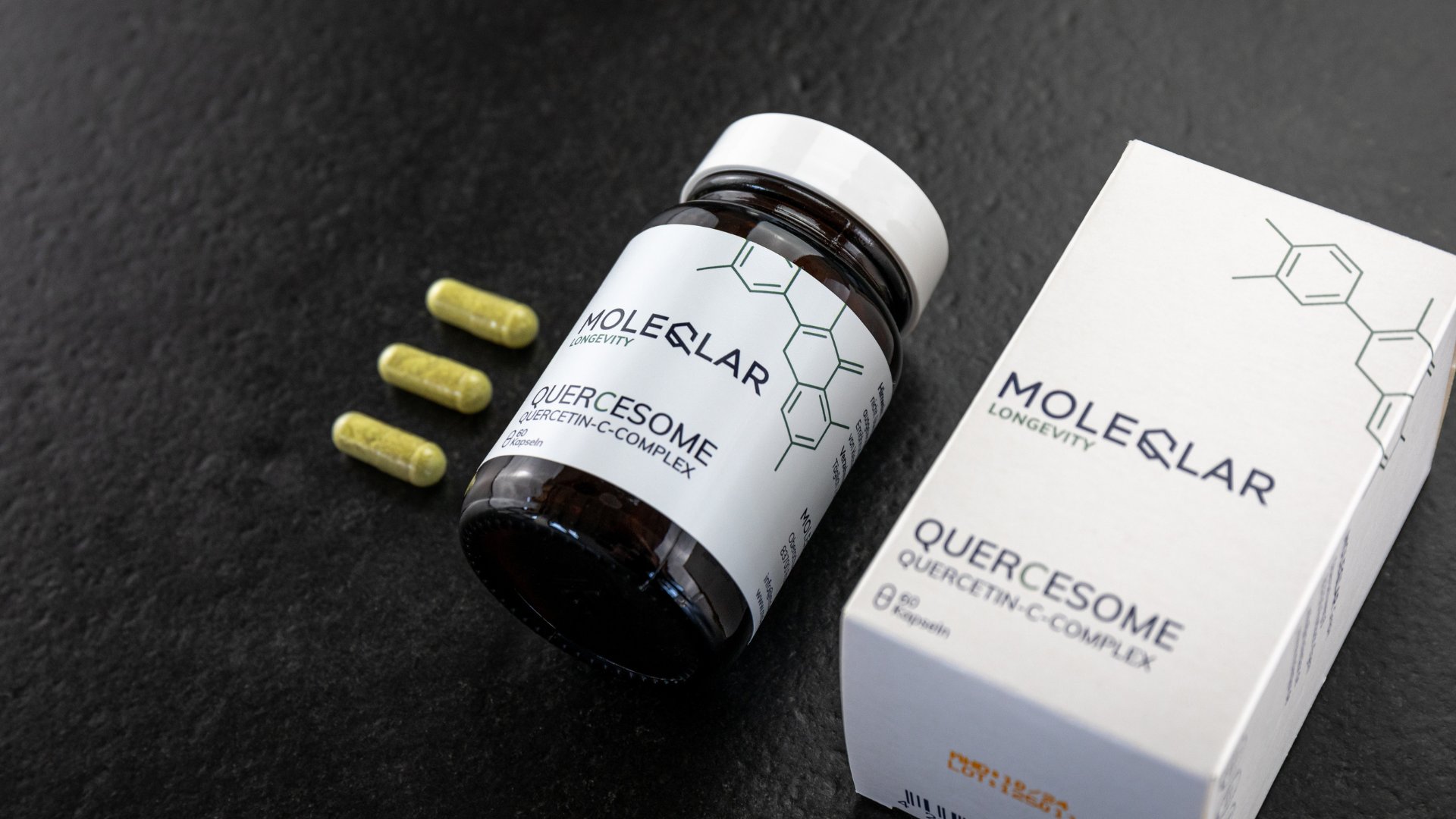
What are antihistamines?
Antihistamines are drugs that have been specially developed to block or reduce the effect of histamine in the body. As already mentioned, histamine plays a central role in allergic reactions and in certain physiological processes. Antihistamines achieve their effect by binding to the histamine receptors in various body cells without activating them. This prevents histamine from exerting its usual effects.
There are different classes of antihistamines that affect different histamine receptors. The most commonly used antihistamines target the H1 histamine receptors, which play a role primarily in allergic reactions, and can relieve symptoms such as itching, swelling and redness. Another class, the H2 receptor antagonists, affect gastric acid production and are often used in the treatment of gastrointestinal complaints.
Why are antihistamines used to treat heartburn?
Heartburn occurs when stomach acid flows back into the oesophagus, causing a burning sensation. This condition is often due to a loosening of the sphincter muscle at the entrance to the stomach. Antihistamines of the H2 receptor antagonist class are used to treat heartburn because they can reduce the production of stomach acid. By blocking the H2 histamine receptors in the cells of the stomach lining, they reduce the amount of acid produced, which can relieve the symptoms of heartburn and associated conditions such as gastroesophageal reflux disease (GERD).
This type of antihistamine is particularly effective for those suffering from chronic heartburn or GERD, as they not only relieve symptoms but can also help heal the damage to the esophagus caused by acid. However, it is important to emphasize that they do not work immediately and may need to be taken regularly over a period of time to be effective. As with any medication, it is advisable to discuss the use of H2 receptor antagonists or other antihistamines with a doctor to ensure they are suitable for the individual's health situation.
Did you know?
In addition to H2 antihistamines, there is a whole range of substances that can be used to treat heartburn. Proton pump inhibitors (PPis) are the drug of choice. However, the mineral magnesium can also provide relief. Magnesium oxide in particular can neutralize excess stomach acid. If the opposite is the case (too little stomach acid), betaine HCL can help, but be careful. Do not confuse betaine-HCL with a very similar substance. Betaine-TMG is well known in the longevity and sports scene for its ability to donate methyl groups. Read more about it in our Betaine-TMG article.
Conclusion
Histamine is a key substance in the human body that both supports vital functions and can lead to allergic reactions if released in excess. It is found in many foods and plays a central role in the regulation of inflammatory reactions and immunological processes. Mast cells are responsible for the storage and release of histamine during allergic reactions, which can lead to a variety of symptoms.
Histamine is therefore a fascinating area of research that offers important insights into how the human body works and the interactions between diet, the immune system and health. As our knowledge of this complex compound continues to grow, new opportunities are opening up for the prevention and treatment of allergies and other histamine-related conditions.



